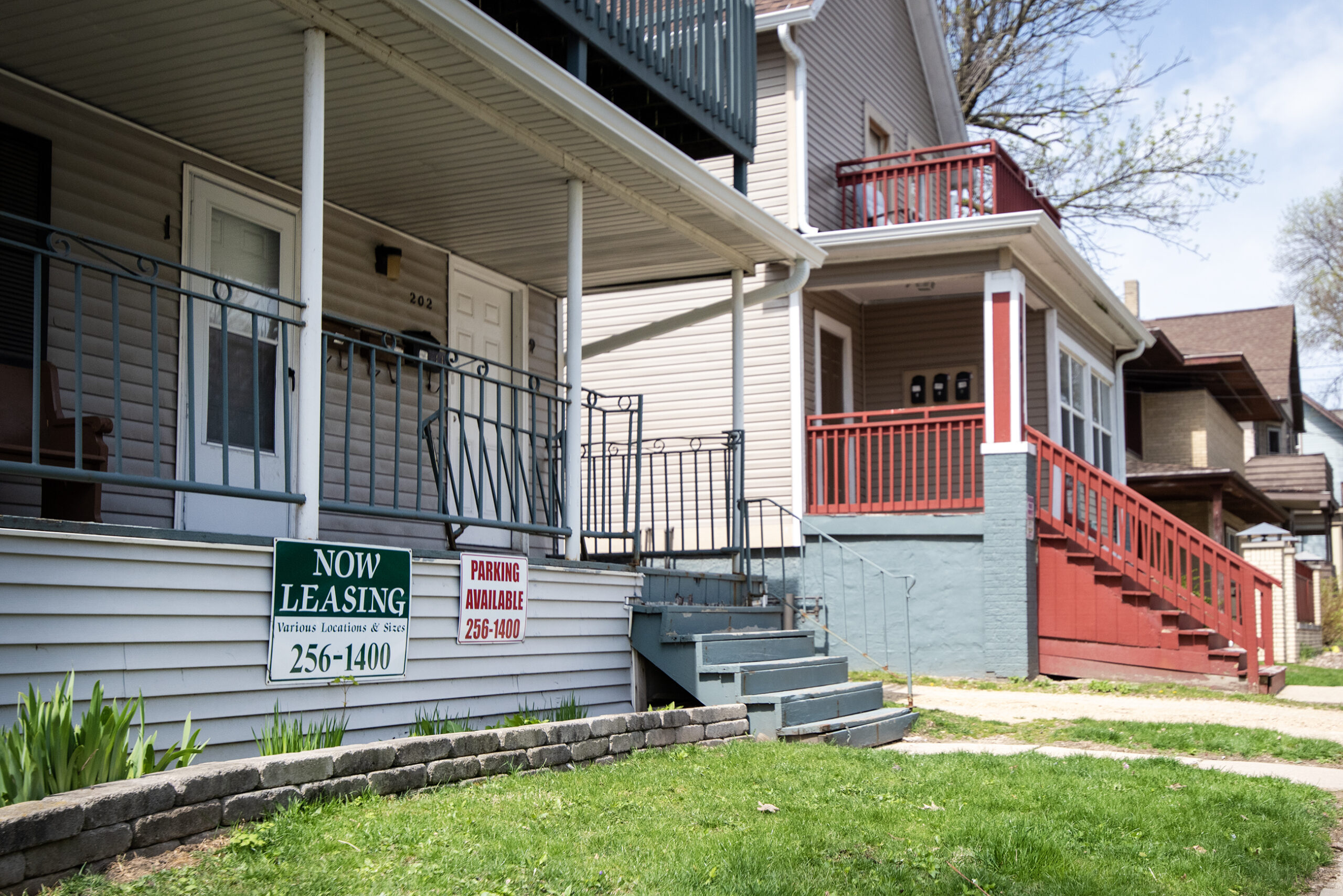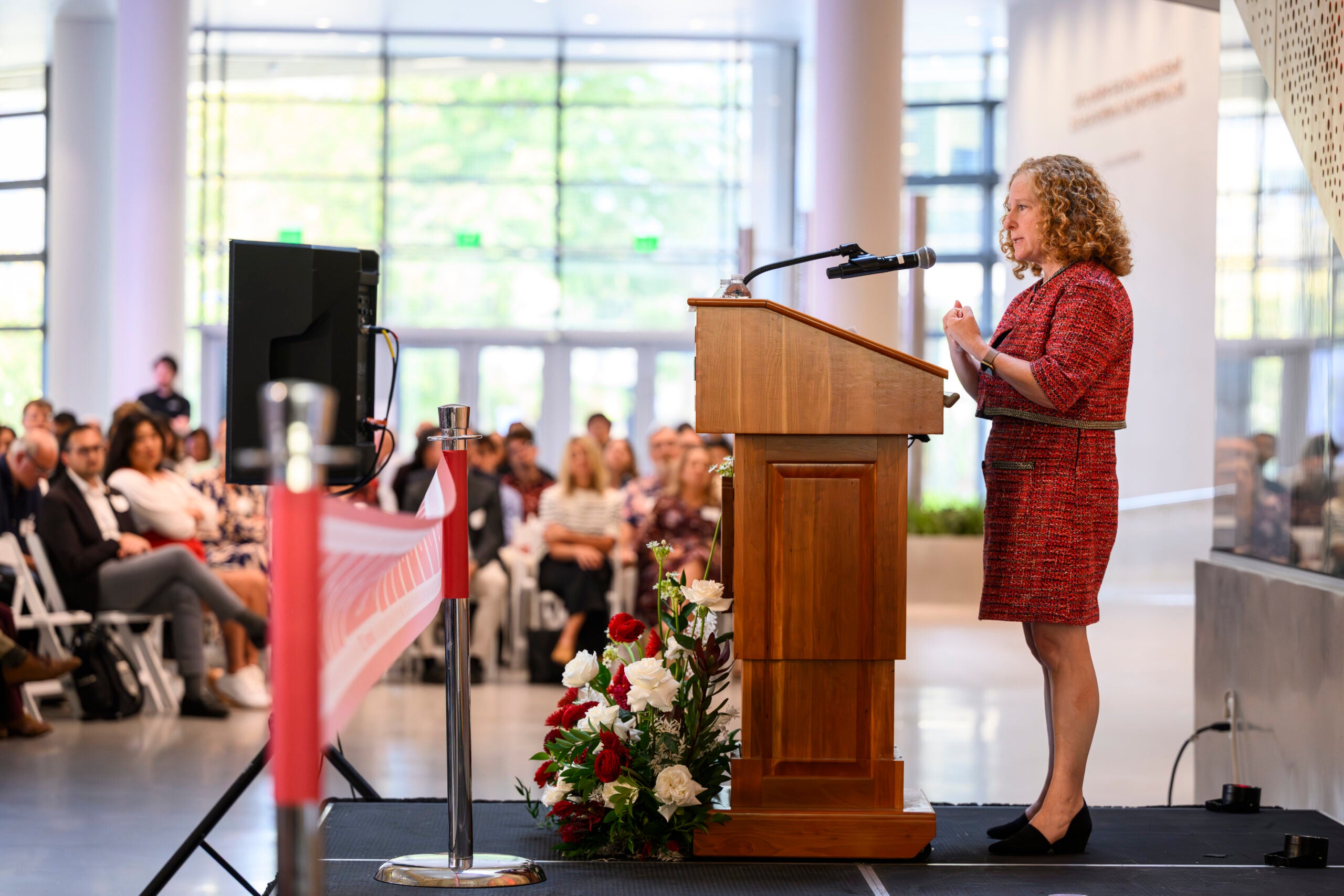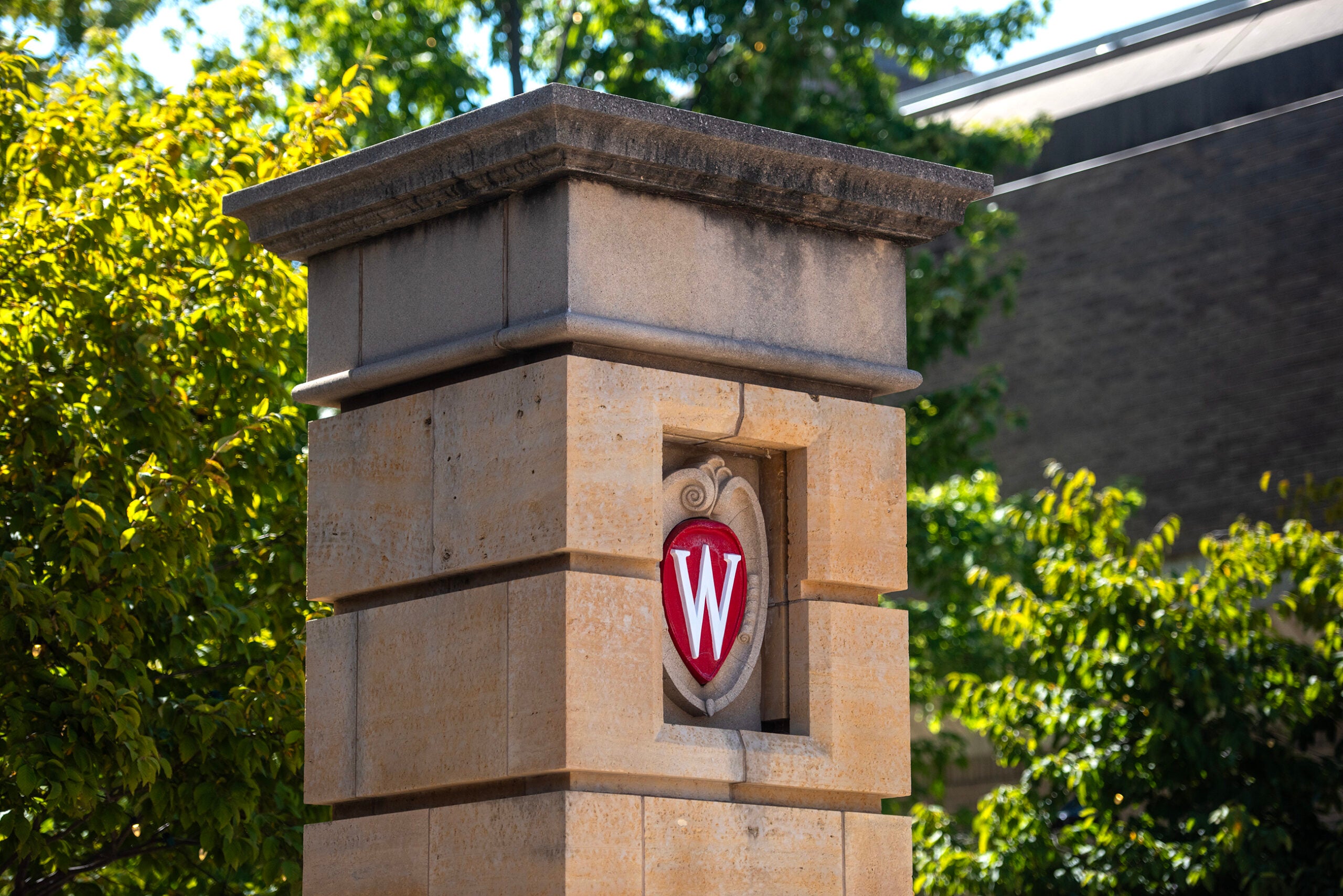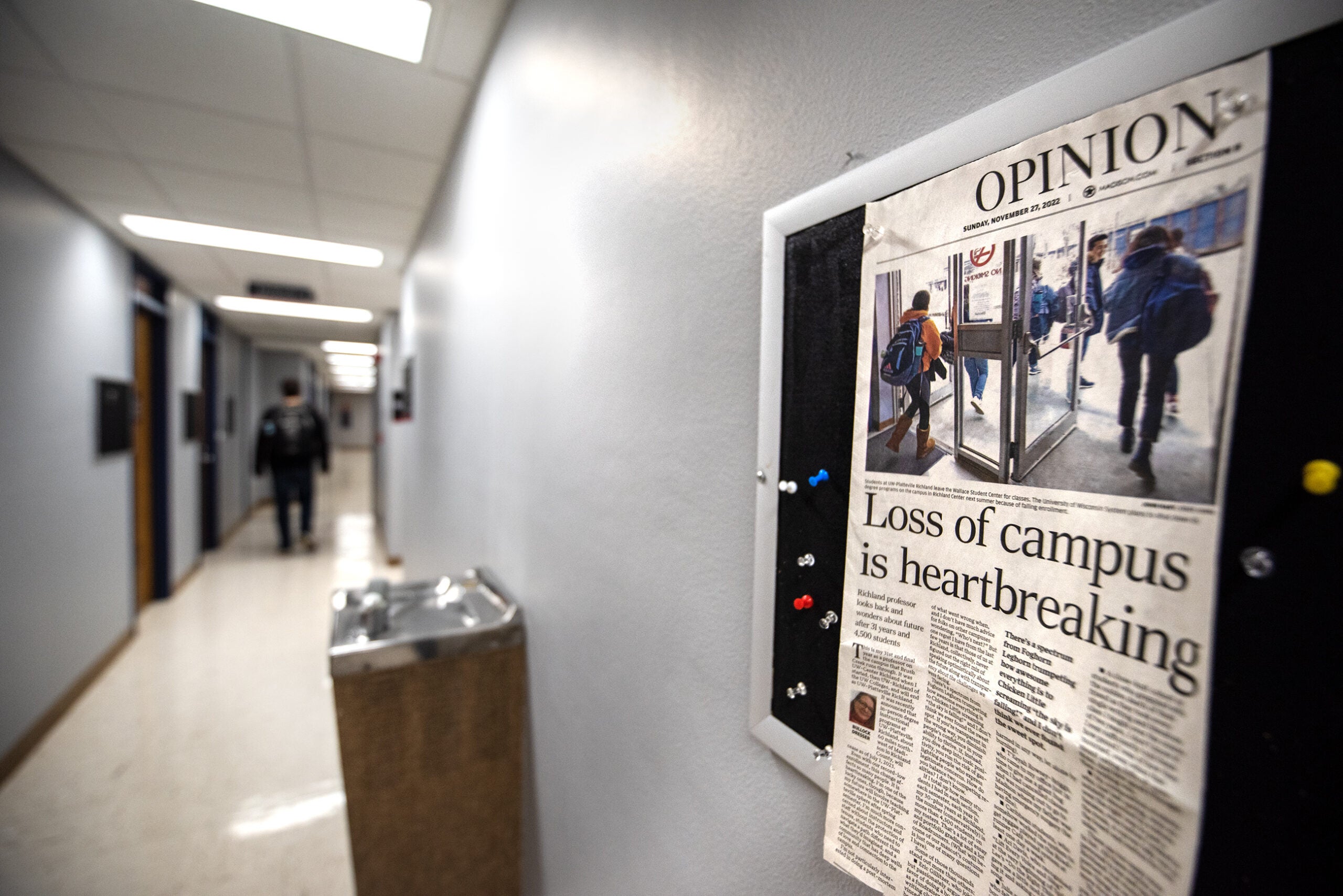Students living near the University of Wisconsin-Madison face some of the highest rents for off-campus housing in the Big 10 conference.
That’s according a recently-released study, which was commissioned by the university and the city of Madison.
In 2024, the average monthly rent within two and half miles of UW-Madison’s campus was $1,273 per bedroom, according to a market analysis of “student-focused housing” done by the Chicago-based consulting firm JLL.
News with a little more humanity
WPR’s “Wisconsin Today” newsletter keeps you connected to the state you love without feeling overwhelmed. No paywall. No agenda. No corporate filter.
Those prices are among the most expensive compared to rents near similar universities.
Among the 18 schools in the Big 10 conference, only Northwestern University in Evanston, Illinois ($1,482) and New Jersey’s Rutgers University ($1,353) had higher average per-bedroom rents for off-campus housing, according to the study.
Madison Alder Julianna Bennett is a recent UW-Madison graduate, who first proposed the study in 2022. She says the findings validate the experiences of many students, who struggle to find housing in their price range.
“I recall reporting of students that are waiting outside in lines of dozens and dozens of people trying to sign a lease every fall,” she said. “Students feel like they are either making a choice between housing that’s run down and disgusting or housing that is overly bougie and unaffordable to them.”
At UW-Madison, students were able to save money by living farther from campus and in older properties, the study found. Students who shared bedrooms paid an average of $100 less a month than those with a private bedroom, according to a survey of self-reported rents.
And returning students paid less for housing on average than first-year students — perhaps because they have more experience with the area’s housing market and are better equipped to find suitable places, the study concluded.
Madison landlords typically start their leases in the fall or late summer, and the pressure to sign early may lock students into pricy or otherwise undesirable housing situations, the study’s authors noted.
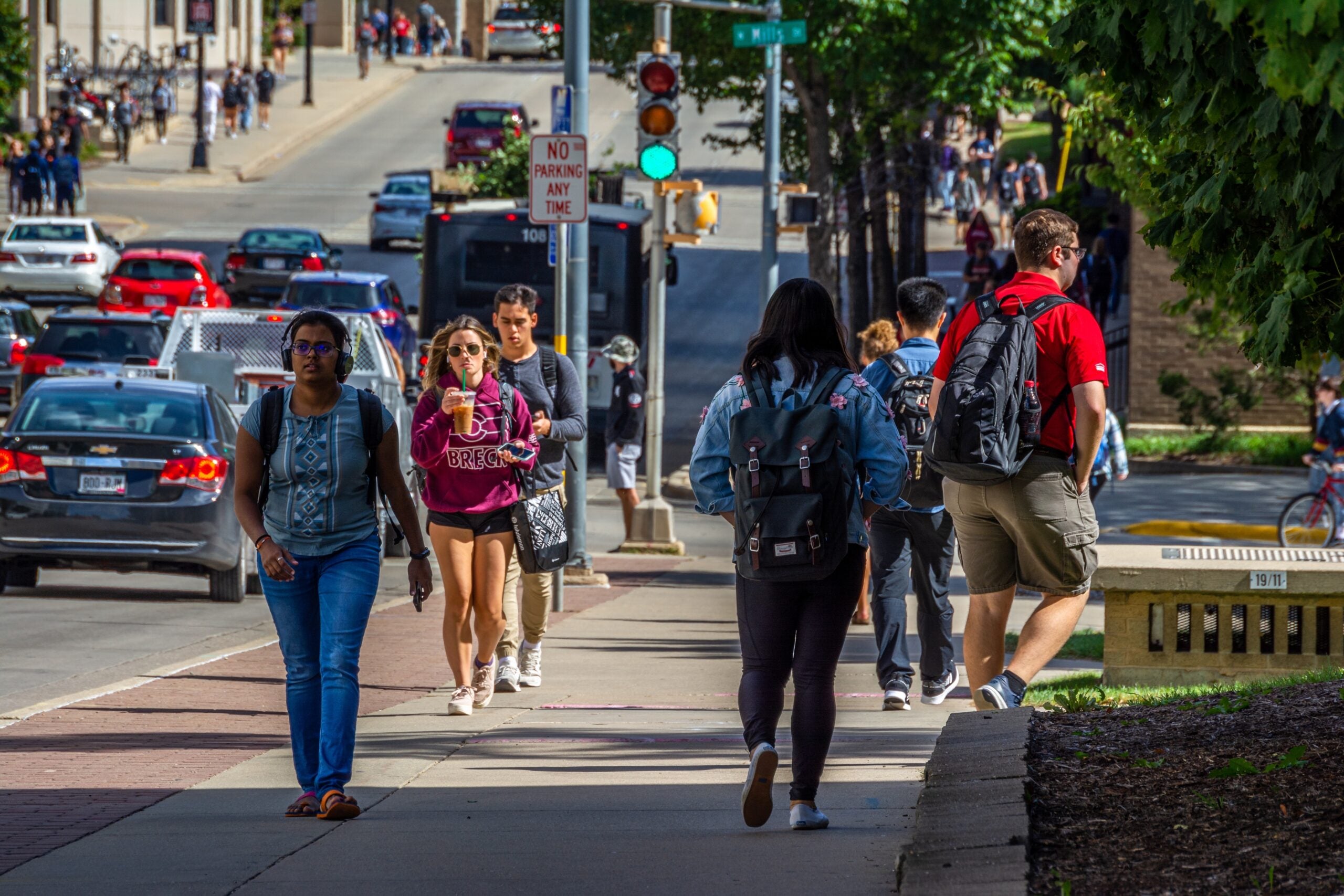
On-campus housing is cheaper but in limited supply
The analysis also found that living in a dorm tends to be significantly cheaper than living off-campus, although UW-Madison’s on-campus housing is in limited supply.
The average rent for a UW-Madison student sharing a dorm room with one other person was $869.
But UW-Madison’s residence halls are over capacity, with about 8,800 beds being used in spaces designed to accommodate 7,700 beds. About 29 percent of the housing survey respondents lived on campus last school year.
University officials have proposed building a new residence hall to house up to 2,000 students and are seeking approval from the governor and state lawmakers for the project.
Among other recommendations, the study encourages the university to build more on-campus housing. It also suggests the City Council could expand its use of tax incentives and density bonuses to encourage developers to construct more affordable housing in student areas.
The study’s total cost was $39,500, with $9,300 funded by the city and the rest funded by the university, according to a UW-Madison spokesperson.
“We know that housing costs in Madison have been increasing, which affects our students,” Rob Cramer, the university’s vice chancellor for finance and administration, said in a statement. “Addressing this complex issue will take cross-sector collaboration. This study is an important step in our ongoing efforts to work closely with the city and the private sector to ensure that students have a variety of suitable housing options.”
Wisconsin Public Radio, © Copyright 2025, Board of Regents of the University of Wisconsin System and Wisconsin Educational Communications Board.

